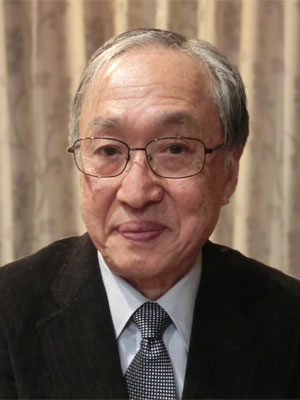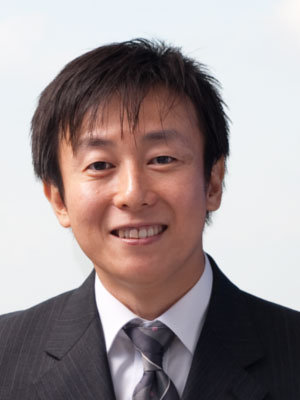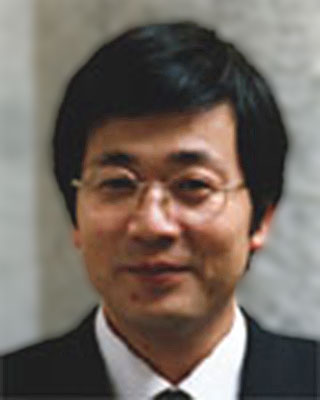特別講演

- 講演者: 古川 康一
嘉悦大学大学院ビジネス創造研究科 教授 - タイトル: 第五世代コンピュータからスキルサイエンスへ - 論理プログラミング・アプローチ –
- 概要: 第五世代コンピュータプロジェクトにおいて,我々はその中心理念として論理プログラミングを採用した.プロジェクトの中心テーマは並列推論であり,我々は並行論理プログラミング言語,並列推論マシン,および並列定理証明器の開発を行った.それらの活動と並行して,論理プログラミングの拡張として帰納推論および発想推論の可能性を追及した.プロジェクト終了後,我々はスキルサイエンスと呼ばれる研究領域を立ち上げ,それらの技術をチェロの奏法の例に応用し,新たな奏法での気付きを発想推論によって形式化することに成功した.とくに,メタレベル発想推論によって,奏法の説明の際に欠落している変数あるいはルールの発見が可能であることを示した.さらに力学系などの類推を説明に採り入れるために,類推発想推論の枠組みを構築することに成功した.本講演では,それらの研究の紹介を通して,背景原理としての論理プログラミングの重要性を指摘する.
- Speaker: Koichi Furukawa
Professor of Kaetsu University - Title: From the Fifth Generation Computing to Skill Science – A Logic Programming Approach
- Abstrat: In conducting the Fifth Generation Computer Systems (FGCS) project, we put logic programming as a fundamental principle. We adopted the realization of parallel inference machines as our main research target and developed a concurrent logic programming language, parallel inference machines and a parallel theorem prover. In parallel with these research activities, we pursued inductive and abductive reasoning as possible extensions of logic programming. After finishing the FGCS project, we launched a research field called Skill Science. We applied abductive reasoning to the problem of cello playing methods and succeeded in obtaining missing variables and/or missing rules in explaining some difficult cello tasks. Furthermore, we built a framework of analogical abductive reasoning to incorporate analogies of mechanics and so on in the explanation. In this talk, we point out the importance of logic programming as background principle through the presentation of these research results.
- 講演スライド
招待講演1

- 講演者: 青野 慶久
サイボウズ株式会社 代表取締役社長 - タイトル:「情報共有」の新しいトレンド
- 概要: 古くて新しい言葉,「情報共有」. IT の発達によって,情報のデジタル化が進み,瞬時にネットワークで情報を共有できるインフラが整っています.しかし,未だに組織における情報共有不足が解消されない原因は何か?そして,新しい技術である「クラウド」の普及とともに情報共有はどのように進化していくのか?ここ数年で加速している「クラウド化」「ワークスタイルの多様化」「 M2M (M2M2H) 」「企業間情報共有」などをキーワードに,情報共有分野における技術の変化と組織に求められるスキルについて, 16 年間グループウェア事業に取り組んできた経験からお話しいたします.
- Speaker: Yoshihisa Aono
CEO of Cybozu Inc. - Title: New Trends in “Information Sharing”
- Abstract: “Information sharing” is an old and new concept. According to the development of information technologies and the digitalization, we have the well-established information infrastructure, which enables instant information sharing through the network. Nevertheless, why we are bothered by the lack of information sharing in organizations? What is the next evolution of information sharing with the new era of widely spread “cloud” technology? We have worked on the problem as the groupware business for sixteen years. Along our experience, we will discuss recent technologies and their changes in information sharing and skills required in organizations. The lecture will contain topics that gain increasing attention for these years, such as, cloud migration, diversification of working style, M2M (M2M2H), and information sharing among companies.
- 講演スライド
招待講演2

- 講演者: 吉井 稔雄
愛媛大学工学部 教授 - タイトル: いい加減の交通制御を目指して
- 概要: 現在,交通の分野においては,飛行機や鉄道にとどまらず公道を走る自動車の運転さえも自動化されようとしています.はたして『機械が完全に人間に取って代わることは本当に可能なのでしょうか?』 答えは明らかと思われます.本講演では,交通信号制御技術,交通管制技術あるいは交通シミュレーション技術など,主として交通制御に関する技術を対象として取り上げ,現状において機械(コンピュータ)が果たしている役割と人間が果たしている役割を整理するとともに,機械の能力の限界を考えて「いい加減」に,すなわち機械と人間とが適度な役割を担う交通制御のあり方を考えてみます.
- Speaker: Toshio Yoshii
Professor of Ehime University - Title: Toward the Right Role-Sharing between Humans and Machines in Traffic Control Technologies
- Abstract: Recently, in the field of transportation, not only aircrafts and trains, but cars driving on public roads are going to be automated. “Will machines be possible to take the place of humans perfectly?” It seems the answer is obvious. In this lecture, technologies related to traffic control are focused, such as signal control technologies, traffic control technologies or traffic simulation technologies. Then the first, current roles carried out by machines and humans are understood. The second, “the right role-sharing” in traffic control between humans and machines are discussed with the consideration of the capacity of machines.
- 講演スライド
